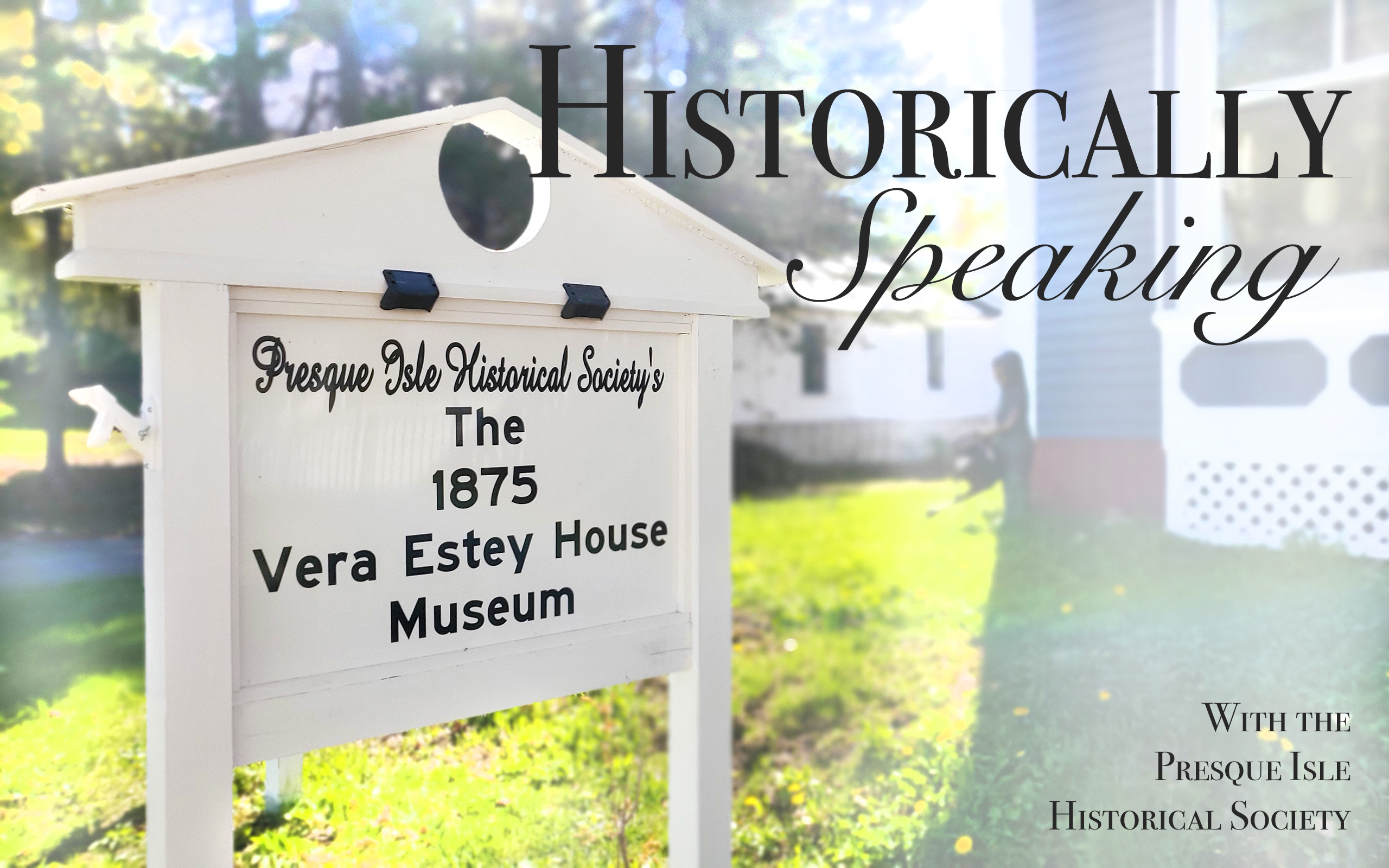July is National Grange Month. Yet many people today are unfamiliar with the Grange and the debt society owes this organization.
In the 1800s, farms were often very isolated, with the typical farm consisting of 100 acres or more, half of which was cultivated and the other half of which was forest, buildings and pasture. Neighbors were few and far between. There was no mail delivery, no electricity, no radio, no television, no internet, and no automobiles. Because of this isolation, a large number of farm wives suffered from depression and children couldn’t wait to leave the farm for the city.
Farming was not an easy occupation, especially with having to clear the land by hand and the long hours. As the American West was being settled during the 1830s and 1840s, many new farms “cropped” up, increasing competition for Maine farmers. In order to survive, local farms started shifting from subsistence farming to commercial farming. However, organizations for Maine farmers and their families didn’t really exist at the time.
The National Grange was founded in Washington, D.C., on Dec. 4, 1867. Its legal name is the Order of Patrons of Husbandry — hence the “P” and the “H” in its logo. The Oxford Democrat on Sept.r 6, 1887, reported, “The Grange was organized for the intellectual, social and financial empowerment of the farmer and his family. …It seeks not to build up agriculture at the expense of any other class, but it would give the farmer an equal chance in all things.” This makes the Grange essentially America’s oldest farming society or organization.
The primary person behind the Grange was Oliver Hudson Kelly, a Minnesota farmer who felt that farmers needed a voice to represent them in Washington, D.C., in a similar fashion to unions. The idea was to help farmers economically and promote cooperatives.
The Grange was also quite forward-thinking, being one of the first groups to admit women giving them a vote. Remember, the Grange was founded in 1867 — 53 years before women had the right to vote in a United States election.
The Grange was historically important to farmers because of the social outlet it provided for Grange families as well as for its advocacy to assist the farmers. Many common everyday privileges we now take for granted are the result of legislative lobbying by the Grange. These include: better highways, rural mail delivery, parcel post, farm credit, rural electricity, land grant (agricultural) colleges, conservation and forestry, the regulation of public utilities, truth-in-fabric laws, rural health, pure food and drugs, state police and fire protection, strong local schools, Canadian reciprocity, and more. The Grange also provided important education for farmers to keep them up to date on the latest trends and methods in farming.
According to the Maine State Grange website, by 1874, there were 64 granges in Maine with 2000 members. By 1876, there were 228 granges with 12,000 members. Today, although the numbers are down somewhat, active granges can still be found in Maine. Local granges still exist in Ashland, Houlton, Monticello and Oakfield.
Presque Isle was served by two granges: the Maysville Grange and the Southern Aroostook Grange. Although neither is active today, both buildings still stand. In fact, the Maysville Grange building at 165 Caribou Road now serves as Presque Isle Historical Society’s Maysville Museum.
The Maysville Museum is open most days from 10 – 2 with no admission.
Kimberly R. Smith is the secretary/treasurer of the Presque Isle Historical Society.








